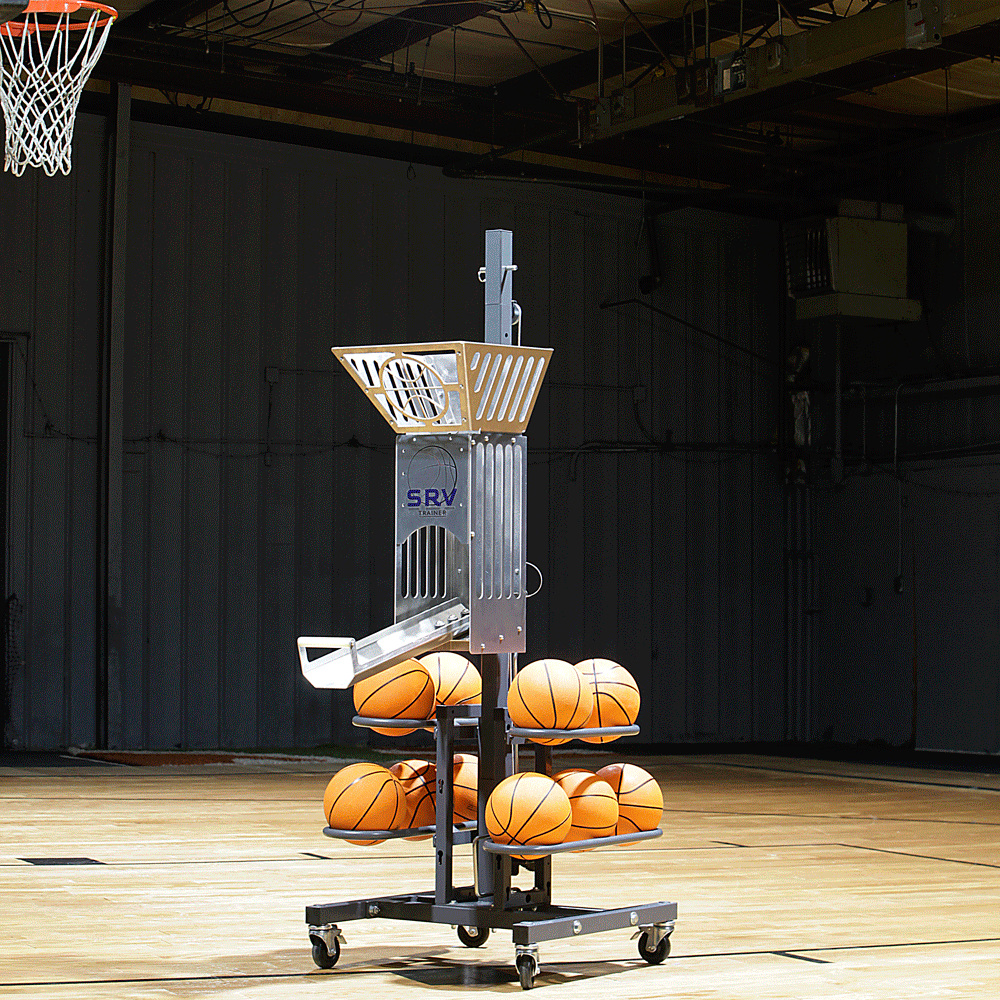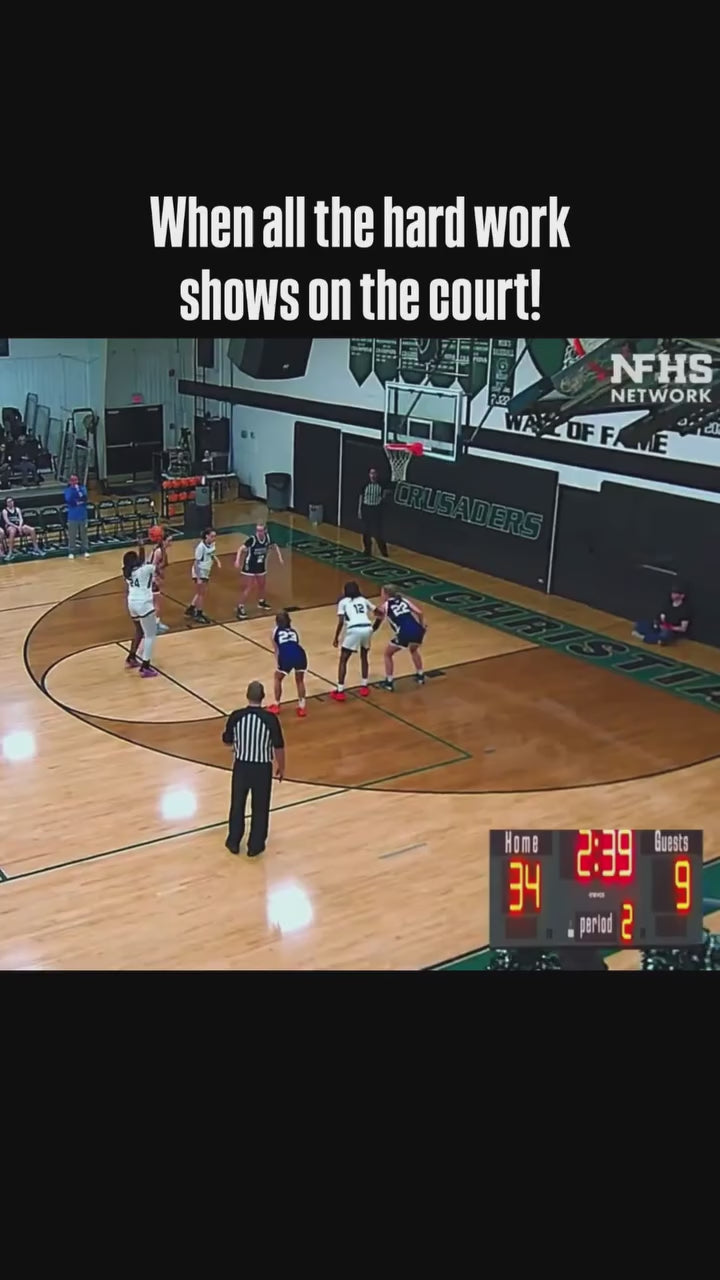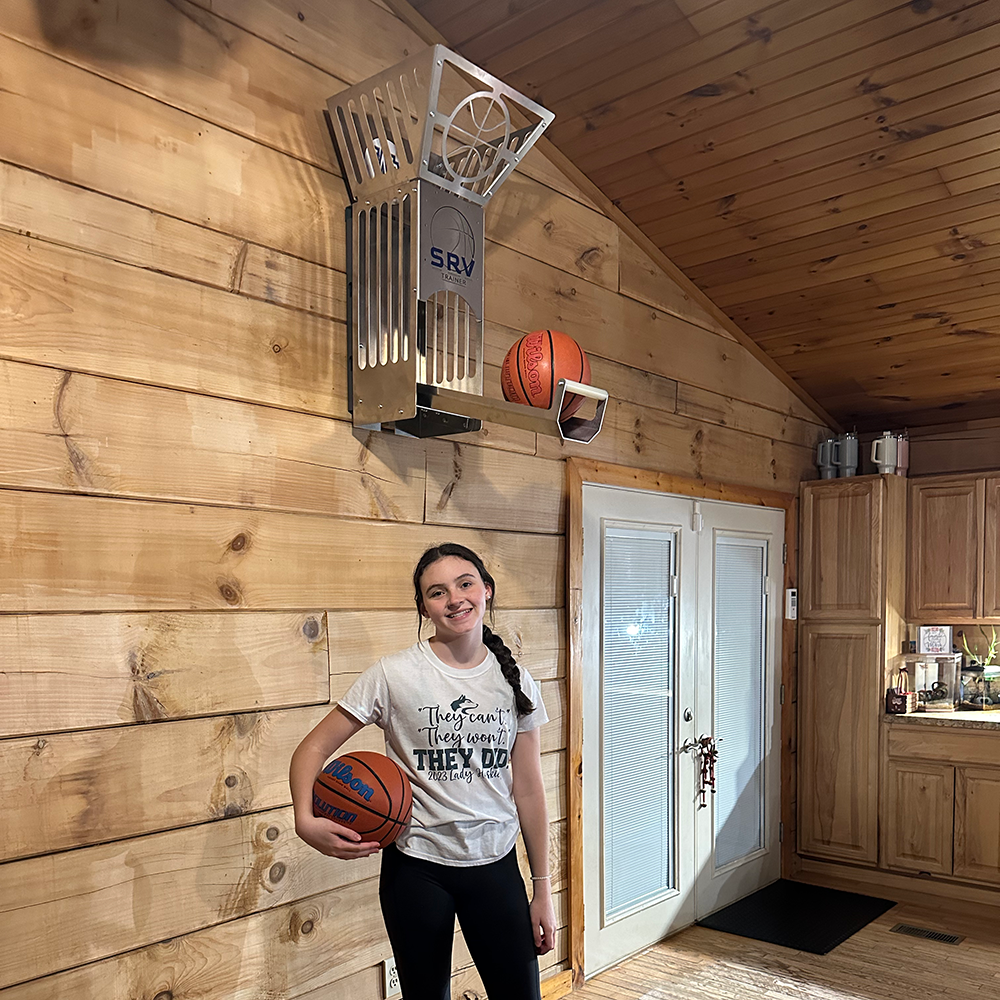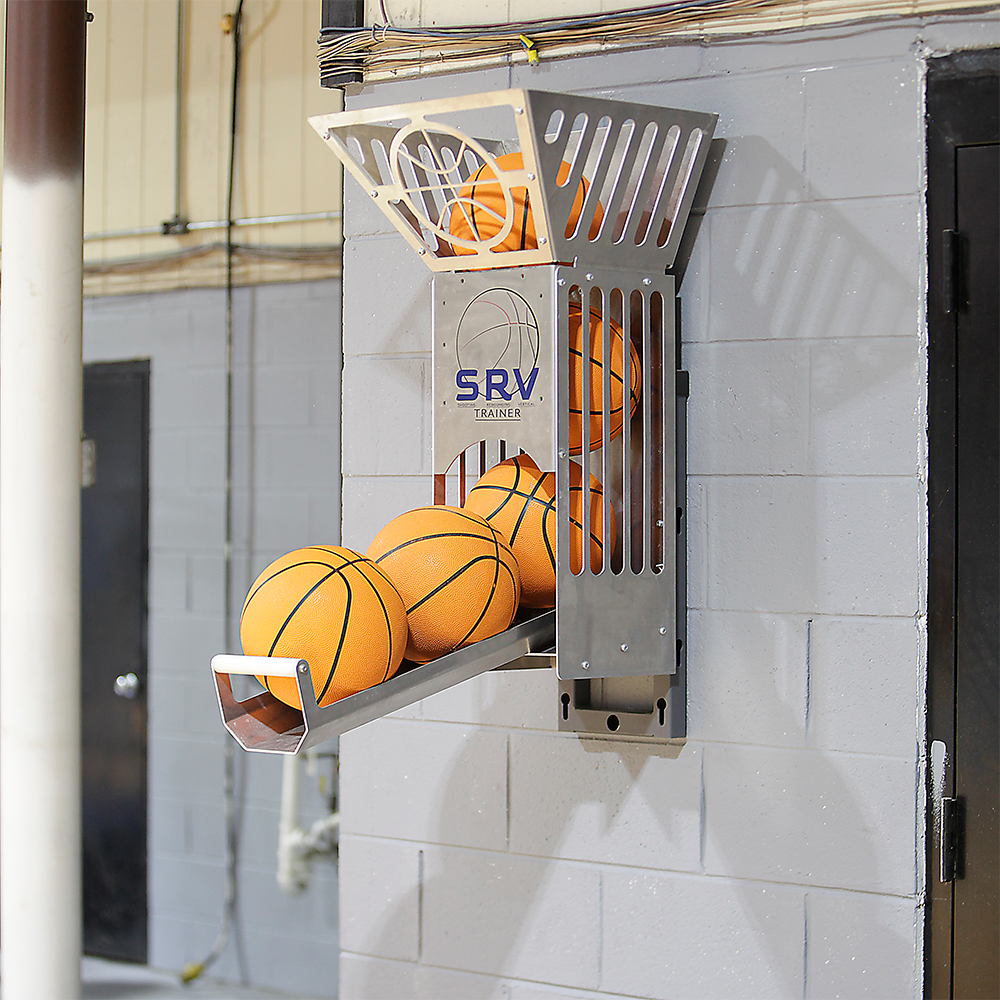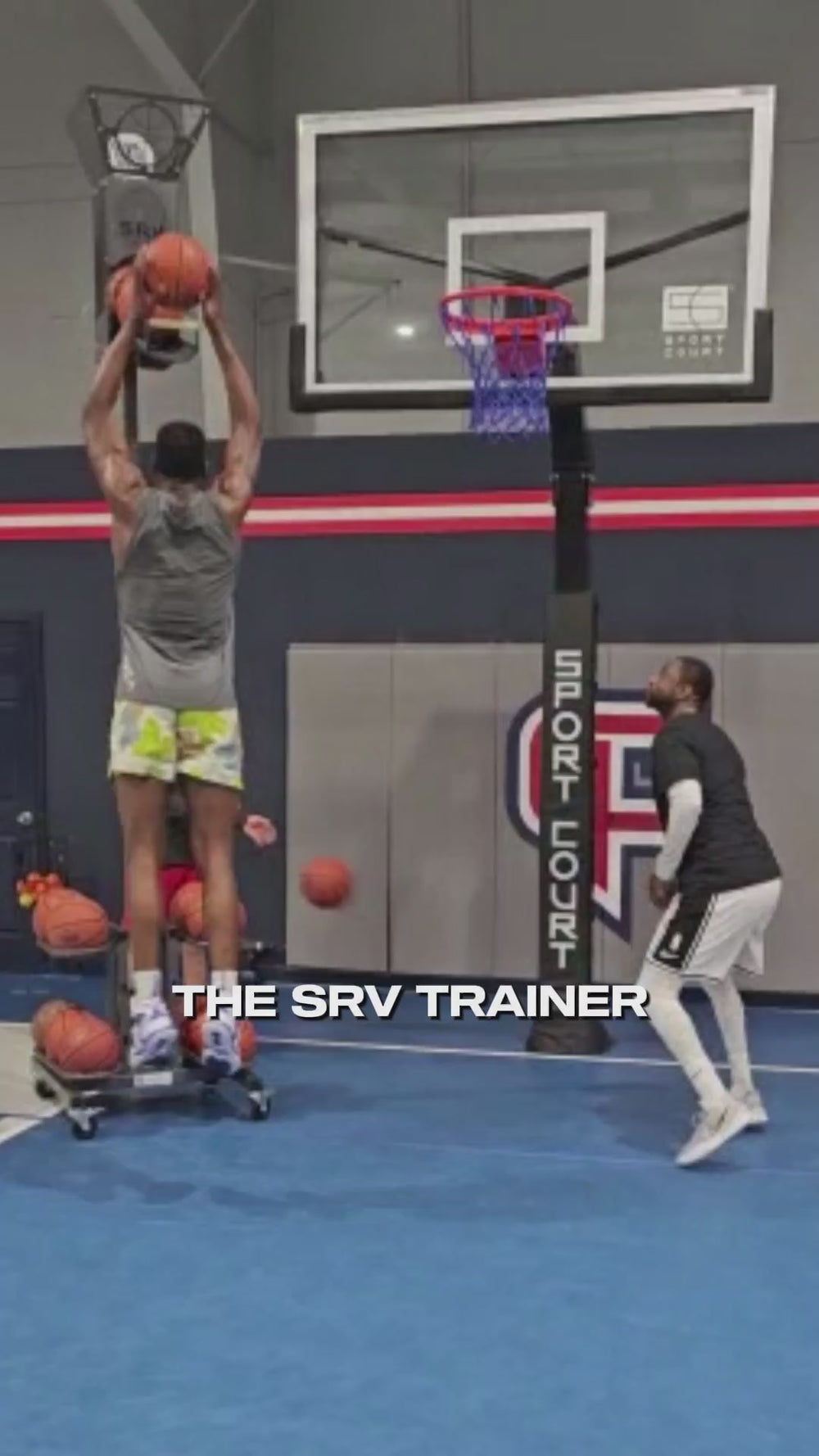Player evaluations are one of the most powerful tools a basketball coach can use to support individual growth, build stronger teams, and keep athletes motivated. When done well, evaluations give players a clear picture of where they stand, what they’re doing well, and what they need to improve. They also provide coaches with a roadmap for developing talent and ensuring that everyone on the team is aligned with shared goals.
More importantly, evaluations shape how players view themselves—and their potential. As a coach, the way you deliver feedback has a direct impact on a player’s confidence, mindset, and work ethic. A thoughtful evaluation can inspire a player to train harder and focus smarter. But vague or overly critical feedback can leave athletes feeling discouraged or confused. That’s why it’s essential to make evaluations not only honest, but constructive and actionable.
Constructive evaluations are grounded in specifics: real-time observations, measurable data, and personalized insight. When feedback is tied to actual skill development, players can see a path forward and take ownership of their growth. This is where tools like the SRV Trainer can be especially valuable. With its interactive, motion-based drills, the SRV Trainer allows coaches to assess performance in areas like reaction time, ball control, and decision-making. It also provides players with objective data and consistent training benchmarks—making it easier to track progress and turn evaluation into real improvement.
Set the Stage: Establish a Positive Feedback Environment
Before any evaluation can be effective, it’s crucial to establish a positive feedback environment. This starts with building genuine trust between you and your players. Athletes are far more likely to receive and apply constructive criticism when they know it’s coming from a place of respect and support. Make it clear from day one that your role isn’t just to coach the team—it’s to help each player grow individually.
Setting clear expectations early in the season also helps reduce anxiety around evaluations. Let your players know that feedback will be part of their development and that it’s a routine part of the process—not something to fear. Explain how and when evaluations will take place, what areas you’ll be focusing on, and how players can use the feedback to improve. When athletes understand the purpose and structure of evaluations, they’re more likely to embrace them.
Finally, work to normalize feedback as a tool for growth, not as a form of punishment. Reinforce that every great player has areas to improve—and that learning from mistakes is part of becoming better. Encourage a team culture where feedback is seen as a positive opportunity, not a personal critique. When players feel safe and supported, they’ll be more open to hearing the truth, taking accountability, and putting in the work to elevate their game.
Be Specific, Objective, and Focused on Development
When delivering a player evaluation, vague comments like “you need to work harder” or “you’re inconsistent” rarely lead to meaningful improvement. These kinds of statements can leave athletes confused about what they’re actually doing wrong or how to fix it. Instead, coaches should aim to be specific, objective, and focused on development—providing clear insights that help players understand their current performance and where they can grow.
Effective evaluations focus on skill-based and situational observations. For example, rather than saying, “Your defense needs work,” you might say, “You tend to overcommit when guarding on the perimeter, which leaves you vulnerable to blow-bys.” Or instead of “Your shot is off,” point out, “Your shooting form is solid, but your release speed is slow under pressure.” This kind of targeted feedback gives players something they can immediately begin working on—and it reinforces your credibility as a coach who pays attention to the details that matter.
Whenever possible, integrate measurable data into your evaluations. Metrics like reaction time, shooting accuracy, foot speed, or drill completion rates give players a concrete understanding of their performance. These numbers take the guesswork out of feedback and allow both coaches and athletes to track progress over time.
That’s where the SRV Trainer becomes a game-changer. Its interactive training system provides real-time feedback on reaction speed, hand-eye coordination, and multitasking ability—allowing coaches to make evaluations based on actual performance data, not just observation. This objective insight helps players see exactly where they’re improving and what areas still need attention. With tools like the SRV Trainer, evaluations become more than just a conversation—they become a roadmap for measurable, continuous growth.
Balance Strengths and Areas for Improvement
One of the most effective ways to deliver a basketball player evaluation is to balance strengths with areas for improvement. Leading with a player’s strengths helps build trust, boosts confidence, and makes them more receptive to hearing what they need to work on. When a player feels seen and valued for what they’re doing right, they’re more open to constructive feedback without feeling discouraged.
A proven method for structuring this kind of feedback is the “compliment sandwich” approach. Start with a genuine compliment or highlight a recent improvement—something specific that the player can feel proud of. Then, transition into a clear, actionable area where they can improve. End the conversation with another positive note or encouragement about their potential. For example: “Your off-ball movement has really improved—you're finding great space. One thing to work on is your closeout speed on defense. That said, your energy level this week has been a great asset to the team.” This method keeps the tone constructive while still addressing development needs.
Finally, connect the areas of improvement to broader goals, both team-based and personal. When a player understands that working on a specific skill isn’t just about them—it’s about helping the team succeed or preparing for higher levels of play—they’re more motivated to put in the effort. Framing feedback in terms of growth and contribution helps shift the focus from critique to opportunity, creating a more positive and productive coaching relationship.
Make Feedback Actionable
To make your feedback truly valuable, it’s essential to provide actionable steps that players can take to improve. Simply telling a player what needs work isn’t enough—they need concrete drills, routines, or specific goals that target those areas. For example, if a player needs to improve their reaction time, you might recommend a set of reaction drills or prescribe a daily shooting routine to enhance consistency. Clear, manageable tasks empower players to take ownership of their development and see progress over time.
One of the best ways to reinforce these improvements between practices is by incorporating training tools like the SRV Trainer. This innovative equipment offers a range of skill-building drills that are not only effective but also engaging, helping players stay motivated while working on their weaknesses independently. Whether it’s improving hand-eye coordination, speed, or decision-making, the SRV Trainer provides instant feedback and measurable results that keep players focused and accountable.
Encouraging self-assessment and accountability is another critical part of the process. Teach players to reflect on their own performances, set personal goals, and track their progress regularly. When athletes learn to evaluate themselves honestly and hold themselves responsible for their growth, they develop a mindset that drives continuous improvement. As a coach, supporting this habit can lead to more motivated, confident players who are invested in their own success on and off the court.
Adapt to Player Personality and Experience Level
Every player is unique, and effective evaluations require adapting your approach based on a player’s personality and experience level. Rookies or younger athletes often need more encouragement, clear explanations, and gentle guidance as they navigate the basics of the game. Experienced players, on the other hand, may be more receptive to detailed technical feedback and challenging goals that push them to the next level. Recognizing where a player is in their development allows you to tailor your feedback in a way that resonates best with them.
In addition to experience, it’s important to consider a player’s confidence level, maturity, and preferred communication style. Some athletes respond well to direct, straightforward feedback, while others may benefit more from a supportive and patient tone. Adjusting your delivery based on these factors shows emotional intelligence and respect for the individual. When players feel understood, they’re more likely to absorb constructive criticism and stay motivated to improve.
Delivering tough feedback is never easy, but having strong emotional intelligence makes all the difference. Being aware of how your words might impact a player emotionally—and choosing your timing, tone, and language carefully—helps create a safe space for growth. When coaches combine honesty with empathy, they build trust and encourage players to see challenges as opportunities rather than setbacks. This thoughtful approach fosters resilience and a positive mindset that’s essential for long-term success.
Follow Up and Track Progress
Effective player evaluation doesn’t end with a single conversation—it’s an ongoing process that requires regular follow-up and progress tracking. Setting specific times for re-evaluation and follow-up discussions keeps players accountable and shows them that their development is a priority. Whether it’s weekly check-ins or monthly performance reviews, consistent communication helps maintain focus and motivation.
Using tools to track progress can make these follow-ups more objective and meaningful. Skill benchmarks, drill completion rates, and video analysis are excellent ways to measure improvement over time. The SRV Trainer, in particular, provides detailed performance data on reaction speed, accuracy, and coordination that coaches and players can review together. This tangible evidence of progress boosts confidence and helps identify areas that still need work.
Reinforcing growth regularly is essential for maintaining a positive mindset. Celebrating improvements—no matter how small—encourages players to keep pushing themselves and helps them see that their hard work is paying off. By making follow-up and tracking a consistent part of the evaluation process, coaches create a supportive environment where players feel valued and motivated to reach their full potential.
Evaluations That Empower, Not Discourage
Thoughtful, constructive evaluations are a cornerstone of effective coaching. When delivered with care and clarity, these evaluations not only help players improve their skills but also build trust between coach and athlete. Players who feel supported and understood are more likely to stay motivated, work hard, and contribute positively to the team. By focusing on development rather than criticism, coaches can foster a growth mindset that encourages continuous learning and resilience.
Clear feedback, especially when supported by objective tools like the SRV Trainer, empowers players to take ownership of their growth. The data and measurable results provided by the SRV Trainer give athletes a concrete understanding of where they stand and what they need to work on. This transparency helps remove guesswork and allows players to set specific goals, track progress, and celebrate achievements—all essential for long-term development.
Coaches looking to elevate their player evaluation process should consider incorporating the SRV Trainer into their training programs. Its ability to provide real-time feedback and simulate game-like scenarios makes it an invaluable resource for assessing and improving player skills. By combining insightful evaluations with innovative training tools, coaches can create a supportive environment that drives both individual and team success.



